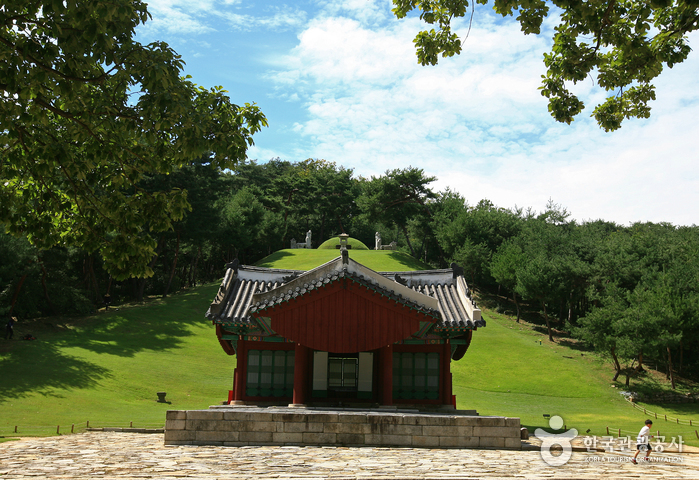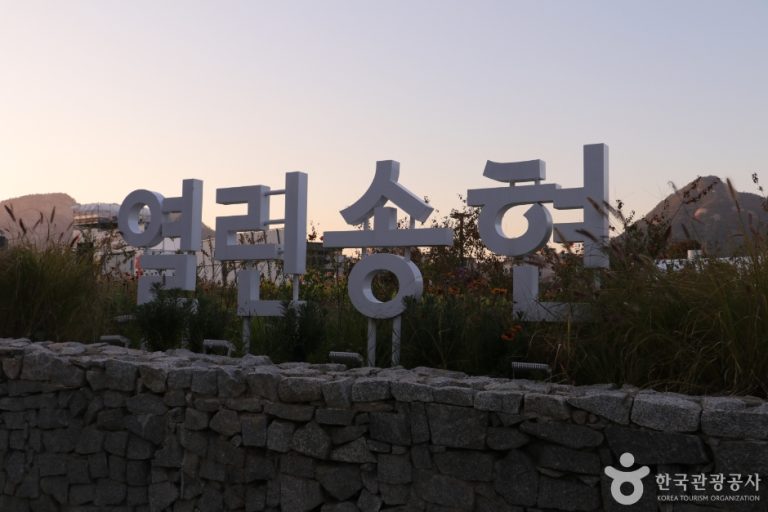Jeongneung Royal Tomb [UNESCO World Heritage] (서울 정릉(신덕왕후) [유네스코 세계문화유산])
Jeongneung Royal Tomb [UNESCO World Heritage] (서울 정릉(신덕왕후) [유네스코 세계문화유산])
 – Homepage
– Homepage
royaltombs.cha.go.kr
– Tel
+82-2-914-5133
Jeongneung Royal Tomb is the tomb of Queen Sindeok, the second wife of King Taejo (1392-1398), founder of the Joseon dynasty (1392-1910). The queen met a sudden death due to health complications. Although one of her sons was the crown prince, he was killed by a successive brother, Yi Bang-won, in order to obtain the throne. After Yi Bang-won rose to the throne as King Taejong, he relocated Queen Sindeok’s tomb to outside of the city walls.
– Address : 116, Arirang-ro 19-gil, Seongbuk-gu, Seoul
※ Presentation Information
– Information and Guides
• 1330 Travel Hotline: +82-2-1330
(Korean, English, Japanese, Chinese)
• For more info: +82-2-914-5133
– Parking
Available (9 spaces)
– Day Off
Mondays
– Operating Hours
February-May, September-October 06:00-18:00
June-August 06:00-18:30
November-January 06:30-17:30
* Last admission 1 hour before closing
– Admission Fees
[General admission]
Individuals: Adults 1,000 won / Children 500 won
Groups: Adults 800 won / Children 400 won
* Groups: 10 or more people
* Adults (ages 19-64) / Children (ages 7-18)
[Free entry]
* Preschoolers (ages 6 & under) and senior citizens (ages 65 & over) with ID presented at the ticket box.
* All visitors on the last Wednesday of each month (Culture Day).
* Visitors wearing hanbok.
– Available Facilities
Convenience store, drinking fountain, rest area, etc.
– Restrooms
Available
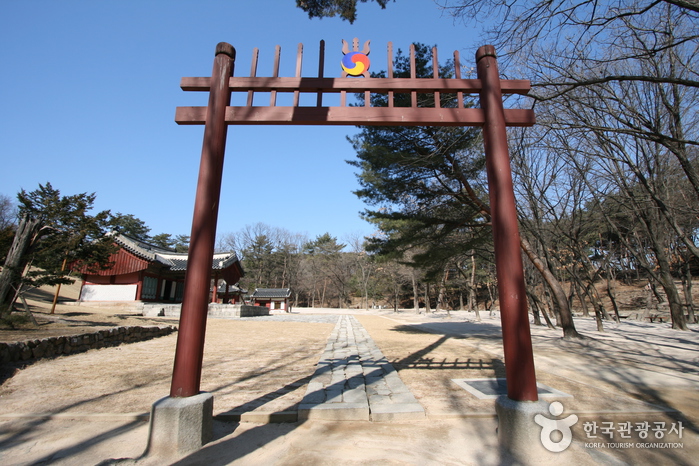

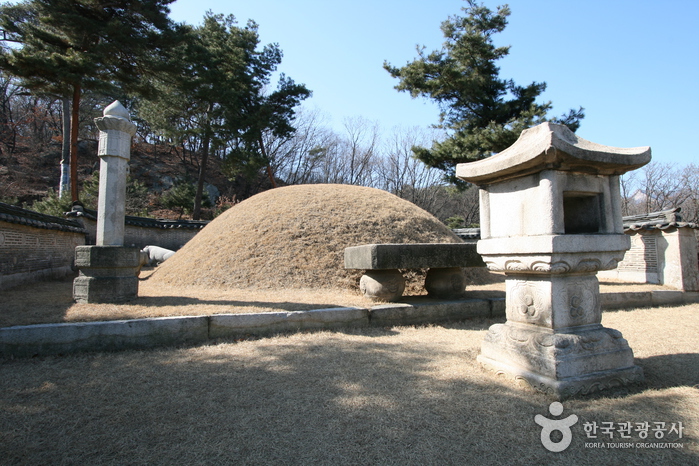

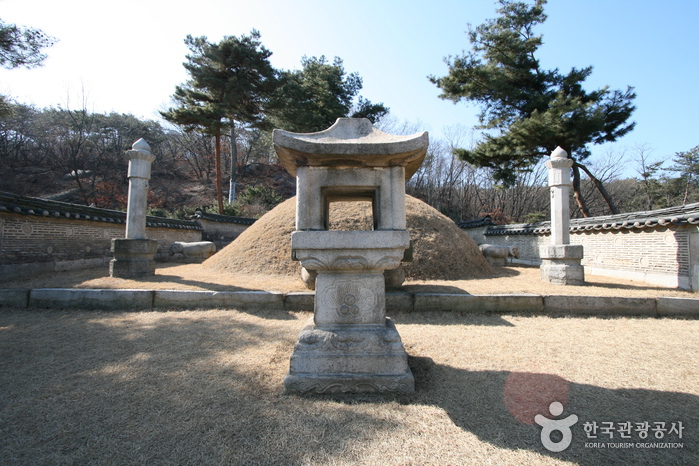
◎ Nearby Tourism Infobox
⊙ Seongbuk-dong–Bukchon Hanok Village Course (성북동고택북촌산책길)
View detailed guide on Korea Trip Guide →

The Seongbuk-dong–Bukchon Hanok Village Course is a nostalgic path connecting famous old houses in Seongbuk-dong and Bukchon Hanok Village, divided by the old city walls. Along the way, you’ll find historic sites like Gilsangsa Temple, Jeongbeopsa Temple, Han Yong-un’s Simujang House, and novelist Lee Tae-jun’s House. The trail also features charming cultural spots, such as the traditional tea house Sooyeon Sanbang and the Seongbuk Museum of Art.
◎ Travel information to meet Hallyu’s charm – “Parasite”
The scene in the alley where Ki-woo visited Mr. Park’s house in a wealthy neighborhood for expensive tutoring was filmed in a residential area in Seongbuk-dong. Seongbuk-dong, an old wealthy village, has luxury mansions lined up in. There are many pretty cafés and galleries here and there, so it’s good to take a leisurely look around. Mr. Park’s house was a filming set, which was demolished after filming.
⊙ Choi Sunu House (최순우 옛집)
View detailed guide on Korea Trip Guide →
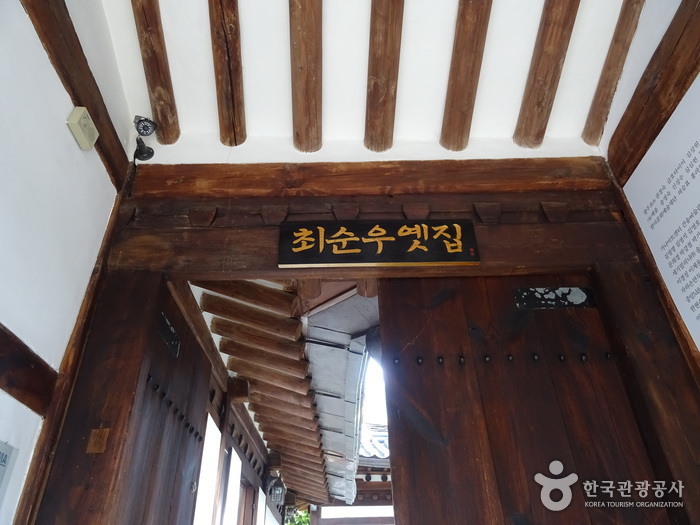
– Homepage
www.choisunu.com
– Tel
+82-2-3675-3401
The Choi Sunu House is the old residence of Hyegok Choi Sunu (1916-1984), who lived in this house from 1976 until the day he passed away. The house is designated as Korea’s Registered Cultural Property. Choi Sunu was a leading art historian who served as the director of the National Museum of Korea. He devoted his life to rediscovering the beauty of Korean art and made many academic accomplishments in the areas of Korean ceramics, traditional woodcraft, and the history of painting.
The house has been open to the public as the Hyegok Choi Sunu Memorial Hall since 2004. The memorial hall displays Choi Sunu’s relics as a permanent exhibition and holds special exhibitions in the fall as well as cultural programs every spring and fall.
⊙ Gilsangsa Temple (Seoul) (길상사(서울))
View detailed guide on Korea Trip Guide →
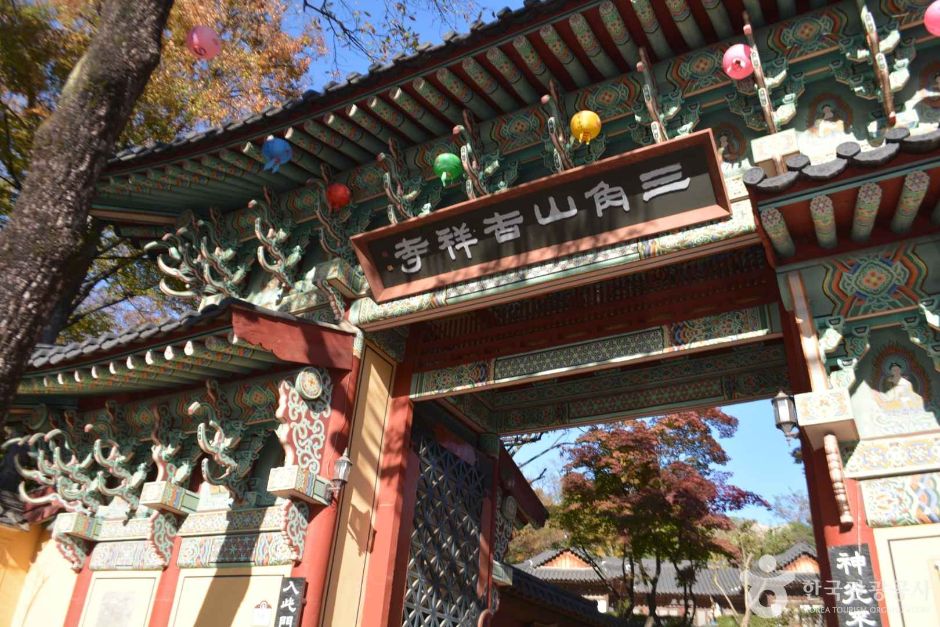
– Homepage
kilsangsa.info (Korean, English, Chinese, Japanese)
– Tel
+82-2-3672-5945
Gilsangsa Temple is a prominent temple located in Seongbuk-dong, Seoul. The name Gilsangsa means “a favorable and auspicious temple.” Visitors can experience temple, participate in Buddhist practices, and even enjoy Templestay programs on weekends. In fall, visitors can admire red spider lilies and wildflowers, immersing themselves in the beauty of nature and finding inner peace.
⊙ Korea Furniture Museum (한국가구박물관)
The Korea Furniture Museum, located on a hill in Seongbuk-dong, Seoul, is a special museum that displays items related to Korea’s traditional living culture. The museum exhibits wooden furniture made in the late Joseon dynasty by material (persimmon tree, maple tree, paulownia tree, zelkova tree, pine tree, papers, etc.), by the type of space (men’s quarters, women’s quarters, kitchen, etc.), and by regional characteristics. It also exhibits interior decorations, flower walls, chimneys, and yards, as well as ten traditional Korean houses.
This museum operates through a guided tour (maximum of 20 people per group) only, suitable for showing Korea’s housing culture that harmonizes furniture and nature. The old household items, “furniture,” are displayed in rooms outside glass storage boxes, allowing visitors to experience a beautiful traditional culture.
Since it was selected as the official luncheon venue for the spouses of leaders of 20 countries at the 2010 G20 Seoul Summit, there has been a steady stream of state guests and worldwide celebrities, including Chinese President Xi Jinping and his wife, the German President, the Prime Minister of Hungary, the Prime Minister of Singapore, the King and Queen of Belgium, the King of Sweden, the head of the IMF, and movie stars Brad Pitt, and Victoria Beckham.
In addition, it was selected as the “most beautiful museum in Seoul” by CNN in 2011. The museum also served as an interview location for BTS members, who are receiving global attention. As such, it is attracting attention as a representative tourist destination in Seoul and a cultural space preferred by government ministries and companies. Tours require reservations, which can be made through the website.
⊙ Kansong Art Museum (간송미술관(서울 보화각))
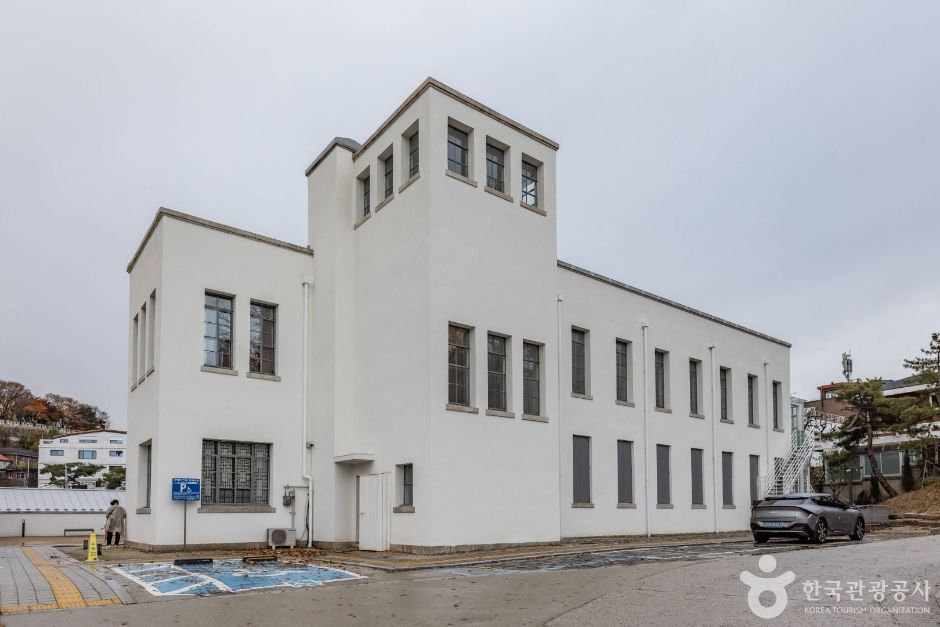
– Homepage
www.kansong.org
Kansong Art Museum was the first private art museum in Korea, opened as Bohwagak in 1938 by Kansong Jeon Hyeong-pil. The name was changed to the current Kansong Art Museum in 1966. Bohwagak was designated as National Registered Cultural Heritage No. 768 on December 30, 2019. Jeon Hyeong-pil dedicated his life to preserving and researching Korea’s representative relics that were devaluated and purposefully obliterated during the Japanese colonial era, as well as to acknowledging their cultural excellence and beauty. The museum houses 11 national treasures and 24 treasures.
⊙ Olive Young – Sungshin Women’s University Station Branch [Tax Refund Shop] (올리브영 성신여대입구역점)
–
⊙ K-medi Spring (한강애봄)
HanGang AeBom is a certified agency specializing in attracting international patients, offering customized programs that combine Korea’s advanced medical services with tourism. The agency collaborates with medical institutions to arrange consultations, interpretation, accommodation, and travel itineraries.
⊙ Sooyeon Sanbang (수연산방)

– Homepage
https://www.instagram.com/sooyeonsanbang
Sooyeon Sanbang is a traditional tea house located in Seongbuk-dong. It was originally built during the Japanese colonial period and was the hanok of the literary figure Lee Taejun. Today, it is operated as a tea house by the writer’s granddaughter. The name Sooyeon Sanbang means “a house where literati gather in the mountains.” Visitors can enjoy traditional teas such as daechucha (jujube tea) and ssanghwacha (medicinal herb tea), along with snacks like injeolmi (bean-powder-coated rice cake).
⊙ Soseolwon Seoga (소설원 서가)
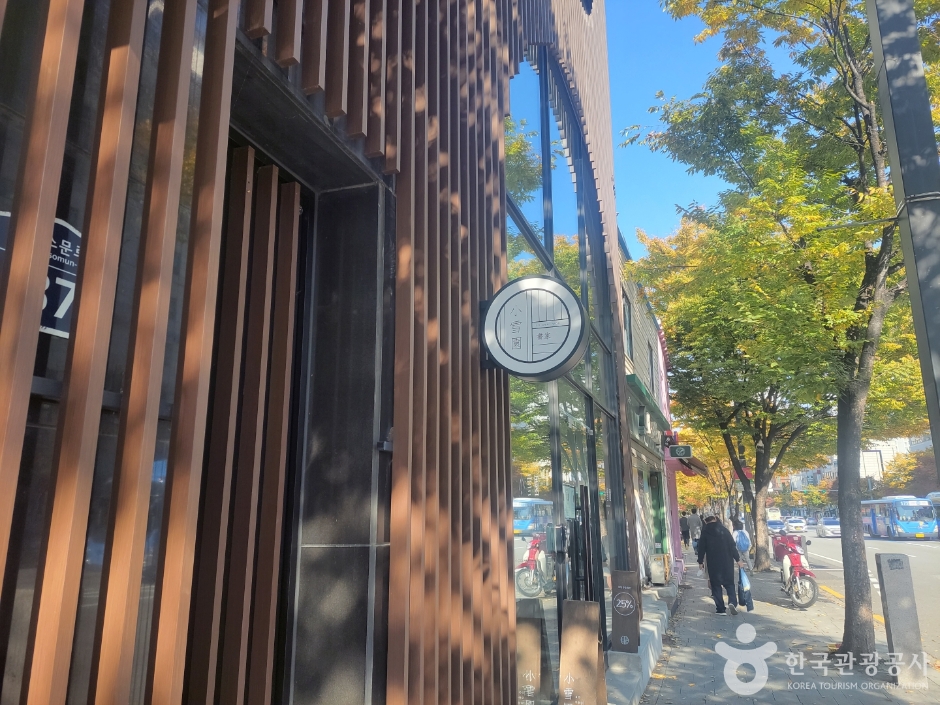
– Homepage
https://www.instagram.com/soseolwon_seoga/
Soseolwon Seoga is a café located near Daehangno. The name means a small garden with falling snow. The building, spanning five floors, offers different atmospheres on each level, making it enjoyable to explore. The signature menu is the sun uyu pudding (whole milk pudding), boasting a smooth texture that allows you to savor the rich flavor of pure milk. Also popular is the heukdang einspanner (black sugar einspanner), featuring cream and marshmallows without being overly rich. Nearby attractions include Marronnier Park and the Dream Art Center.
